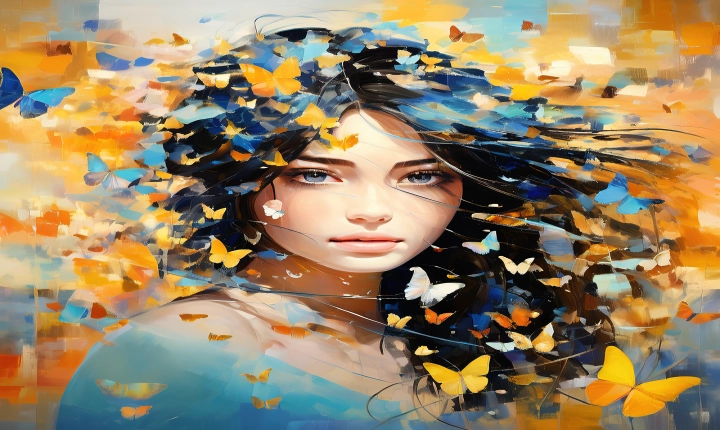Title: Harnessing the Power of AI Texture: A Comprehensive Guide
In recent years, artificial intelligence (AI) has made remarkable strides in various fields, including computer graphics and design. One area where AI has exhibited substantial potential is in generating textures, offering designers and artists a powerful tool to enhance their creative work. AI texture can be harnessed to create stunning, lifelike textures for 3D models, animations, and digital art, revolutionizing the way visual content is produced.
Understanding AI Texture:
AI texture is essentially the process of using artificial intelligence algorithms and machine learning techniques to generate realistic and high-quality textures. These textures can range from natural elements such as terrains, water, and foliage to man-made materials like metal, fabric, and glass. By analyzing vast amounts of existing texture data, AI algorithms can learn to replicate and create new textures that are visually appealing and remarkably detailed.
Using AI Texture in Design and Creativity:
The integration of AI texture into the design process can provide unique advantages to artists and designers. It allows for the rapid creation of diverse and complex textures, reducing the time and effort required to develop high-quality visual elements. Additionally, AI texture can offer a level of realism and intricacy that may be challenging to achieve through traditional methods alone. This can be particularly valuable in fields such as game development, virtual reality, and architectural visualization, where realistic textures play a crucial role in creating immersive experiences.
How to Utilize AI Texture:
To harness the power of AI texture effectively, it’s essential to choose the right tools and techniques. There are various software solutions and platforms available that utilize AI to generate textures. These tools often provide a user-friendly interface and a wide range of customizable options, allowing designers to create textures tailored to their specific needs. Additionally, some platforms offer the ability to train AI models on custom texture datasets, enabling the generation of unique and proprietary textures.
Integrating AI texture into the design workflow requires a combination of technical knowledge and artistic sensibility. Designers need to understand the principles of texture mapping, UV unwrapping, and material properties to effectively incorporate AI-generated textures into their projects. This may involve learning to optimize texture resolution, seamless tiling, and the application of texture maps in 3D rendering software.
Challenges and Considerations:
While AI texture presents numerous benefits, there are also considerations and challenges to be mindful of. One key aspect is the need for a sufficient amount of training data to ensure the AI models produce accurate and diverse textures. Furthermore, maintaining a balance between automation and artistic input is crucial, as AI-generated textures should complement and enhance the creative vision rather than replace it entirely.
Moreover, as with any technology, ethical considerations are essential when using AI texture. Designers should be mindful of copyright and licensing issues when utilizing AI-generated textures, as well as the potential impact on employment in the creative industry.
The Future of AI Texture:
As AI technology continues to advance, the future holds great promise for AI texture generation. Improved algorithms, increased computing power, and the integration of AI into design software are expected to further enhance the capabilities of AI texture. This may lead to even more realistic and customizable textures, empowering designers to bring their creative visions to life with unprecedented detail and fidelity.
In conclusion, AI texture represents a powerful and innovative tool for designers and artists, offering the potential to revolutionize the creation of visual content. By understanding how to leverage AI texture effectively, designers can elevate the quality and realism of their work, opening up new possibilities for creativity and expression in the digital realm. As AI technology continues to evolve, the potential for AI texture to shape the future of design and visual arts is truly exciting.
